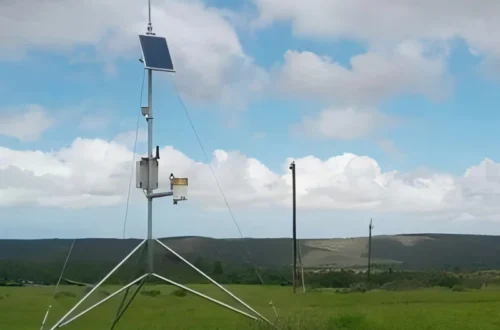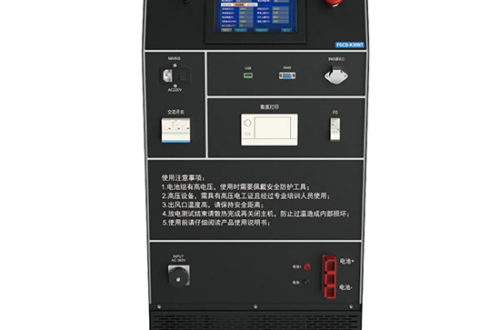
Aerosol Generator: Principles and Applications in Modern Science

。
# Aerosol Generator: Principles and Applications in Modern Science
Aerosol Generator: Principles and Applications in Modern Science
An aerosol generator is a device designed to produce fine particles or droplets suspended in a gas, typically air. These devices play a crucial role in various scientific, industrial, and medical applications. Understanding the principles behind aerosol generation and its applications can provide valuable insights into its significance in modern science.
Principles of Aerosol Generation
Aerosol generators operate on several fundamental principles, depending on the desired particle size and application. The most common methods include:
- Nebulization: This process involves breaking a liquid into fine droplets using ultrasonic waves or compressed air. It is widely used in medical inhalers and respiratory therapy.
- Atomization: High-pressure liquid is forced through a small nozzle, creating a fine mist. This method is often used in spray painting and fuel injection systems.
- Condensation: Vaporized material is cooled rapidly, causing it to condense into tiny particles. This technique is common in environmental studies and material science.
- Electrospray: An electric field is applied to a liquid, causing it to form charged droplets. This method is used in nanotechnology and mass spectrometry.
Applications of Aerosol Generators
Aerosol generators have a wide range of applications across various fields. Below are some of the most notable uses:
1. Medical and Pharmaceutical Industry
In the medical field, aerosol generators are essential for delivering medications directly to the lungs. Devices like nebulizers and inhalers use aerosolization to treat respiratory conditions such as asthma, chronic obstructive pulmonary disease (COPD), and cystic fibrosis. Additionally, aerosol generators are used in vaccine development and drug delivery research.
2. Environmental Science
Aerosol generators are instrumental in studying air quality, climate change, and atmospheric processes. They help simulate natural aerosols, such as dust, sea salt, and pollutants, enabling researchers to understand their impact on weather patterns and human health.
3. Industrial Applications
In industries, aerosol generators are used for coating, cleaning, and disinfecting surfaces. For example, they are employed in spray painting, semiconductor manufacturing, and food processing. They also play a role in fire suppression systems by dispersing fire-retardant aerosols.
4. Research and Development
Aerosol generators are vital tools in scientific research, particularly in nanotechnology, material science, and chemical engineering. They enable the creation of uniform particles for experiments, ensuring consistent and reproducible results.
Challenges and Future Directions
Despite their versatility, aerosol generators face challenges such as controlling particle size distribution, minimizing contamination, and improving energy efficiency. Future advancements may focus on developing more precise and sustainable technologies, as well as expanding their applications in emerging fields like personalized medicine and renewable energy.
In conclusion, aerosol generators are indispensable tools in modern science, with applications spanning medicine, environmental studies, industry, and research. By understanding their principles and potential, we can continue to harness their capabilities for innovative solutions to complex problems.
Keyword: Aerosol Generator




